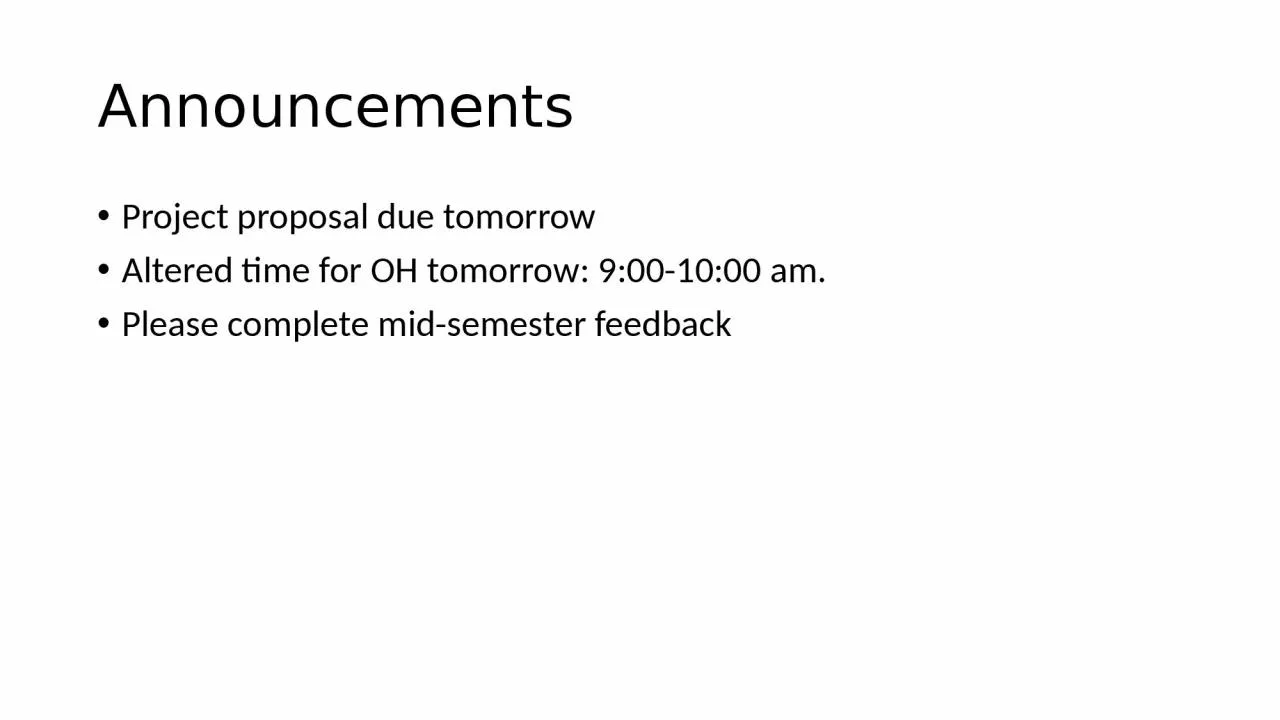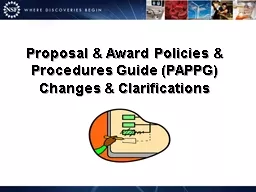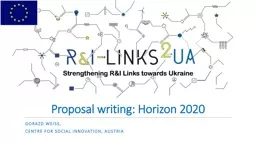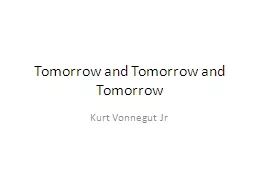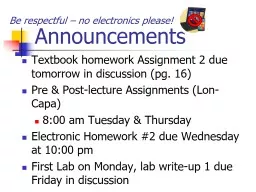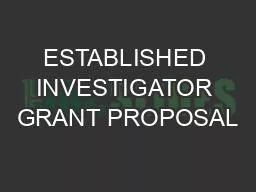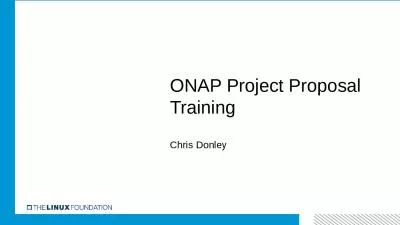PPT-Announcements Project proposal due tomorrow
Author : audrey | Published Date : 2024-02-09
Altered time for OH tomorrow 9001000 am Please complete midsemester feedback Semantic Segmentation The Task person grass trees motorbike road Evaluation metric Pixel
Presentation Embed Code
Download Presentation
Download Presentation The PPT/PDF document "Announcements Project proposal due tomor..." is the property of its rightful owner. Permission is granted to download and print the materials on this website for personal, non-commercial use only, and to display it on your personal computer provided you do not modify the materials and that you retain all copyright notices contained in the materials. By downloading content from our website, you accept the terms of this agreement.
Announcements Project proposal due tomorrow: Transcript
Download Rules Of Document
"Announcements Project proposal due tomorrow"The content belongs to its owner. You may download and print it for personal use, without modification, and keep all copyright notices. By downloading, you agree to these terms.
Related Documents

